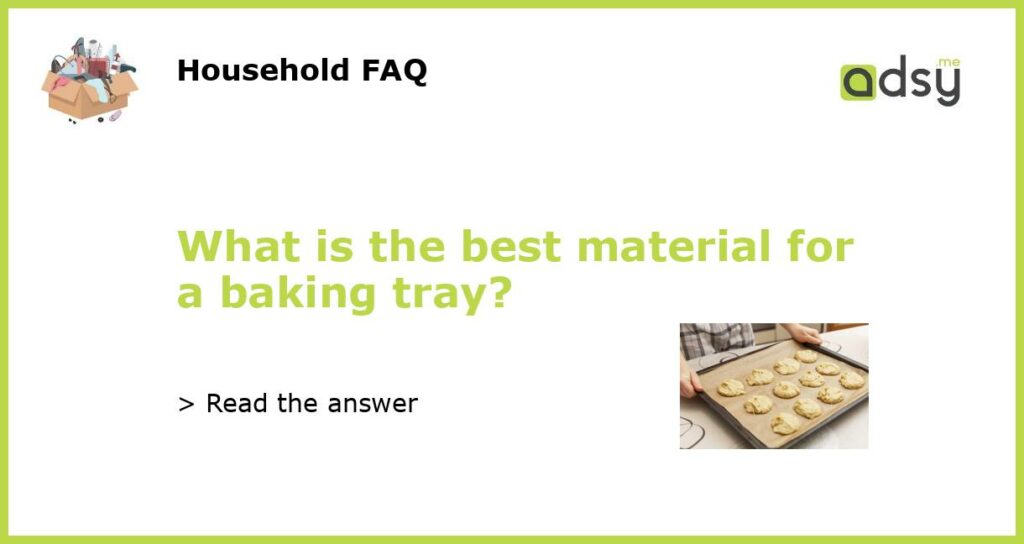The importance of choosing the right material for a baking tray
Baking is a wonderful way to bring joy to your family and friends, but it can also be a source of frustration if the tools you’re using don’t perform well. A baking tray is one of the most important tools in your kitchen, and choosing the right material can make or break your baking experience. Here are some things to consider when choosing a material for your baking tray.
Non-Stick Coating
A non-stick coating on a baking tray is a great feature to have as it helps with easy cleaning and can eliminate the need for using additional baking paper. However, non-stick coatings can be made of different materials, such as polytetrafluoroethylene (PTFE) or silicone, and some may not be safe at high temperatures. Look for baking trays with a silicone-based coating, which is generally considered safer than PTFE.
Aluminum
Aluminum is a popular choice for baking trays as it’s a good conductor of heat, which means that your baked goods will cook evenly. Aluminum baking trays are also lightweight, inexpensive and durable. However, they can react with acidic food, such as tomatoes or citrus fruit, giving your food a metallic taste. To avoid this, look for aluminum baking trays with a non-reactive coating, such as ceramic or silicone.
Stainless Steel
Stainless steel is a durable and versatile metal that is suitable for high-heat cooking. It doesn’t react with acidic foods and is easy to clean. However, it’s not the best conductor of heat, which means your baked goods may not cook as evenly as they would in an aluminum baking tray. If you prefer the durability of stainless steel, look for one with a layered construction, such as a tri-ply or five-ply design, which can improve heat distribution.
Ceramic
Ceramic baking trays are a popular choice for their durability and versatility. They are non-reactive, meaning they don’t give your food an off-taste, and they’re easy to clean. However, they can be heavy and may not conduct heat as well as aluminum or stainless steel. To compensate, look for ceramic baking trays with a metal core, which will help distribute heat more evenly.
Glass
Glass baking trays are great for baking dishes that require slow, even heating, such as casseroles or lasagnas. They’re also microwave and dishwasher safe, making them a convenient choice for many home cooks. However, they’re not as versatile as other materials as they may not be suitable for high-heat cooking, such as broiling or searing. Additionally, glass can be fragile and may break if exposed to sudden temperature changes.






